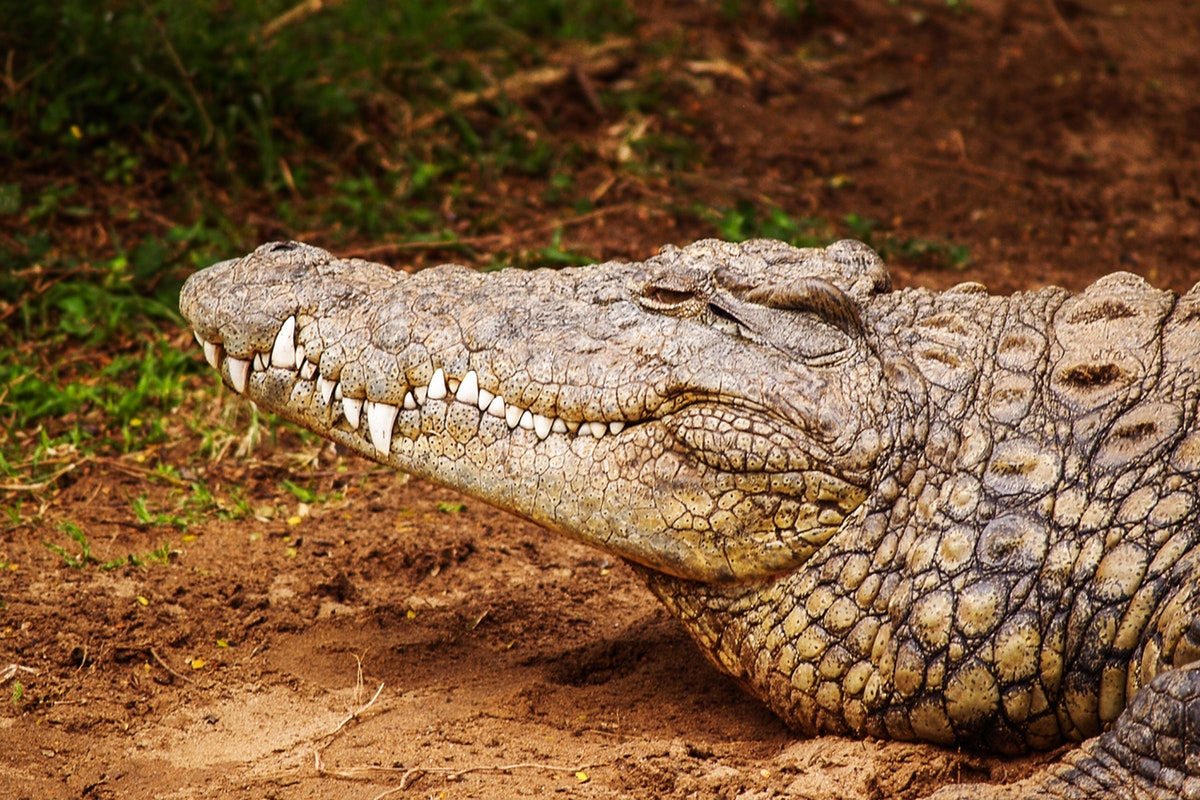5 Alligator myths uncovered



Year after year, thousands of people flock to the Florida to experience the beaches, the sunset and the wildlife. One of the many ways to enjoy a great vacation is to go on an Airboat tour in Orlando.
So rich is Florida that the state is home to over 1.25 million alligators. And with the many tourists from far and near often come many stories.
While many natives know the facts first hand, visitors usually have a long list of incorrect information. Today we list and debunk 5 of the most common alligator myths ever.
This conclusion is usually drawn from the size and height of most alligators. There is a common misconception that alligators are slow runners and cannot chase anything that doesn’t run in a straight line. This could not be any further from the truth. In reality, alligators are pretty quick animals and can chase people or prey running zig-zag.
Alligators will generally avoid human confrontation. If peradventure you happen to be confronted by an alligator, your best bet is to run in a straight line as their blindspot is directly in front of their nose.
Another myth that people wrongfully believe is that Alligators have poor eyesight. Alligators have both of their eyes positioned on either side of their head, giving them a wide view at once. Alligators can sight their prey from far distances and their eyes are superiorly equipped with special cells beneath their photoreceptors that allows their retinas to reflect light back into their eye cells. The effect of this is improved vision in dimly lit conditions.
Alligators, contrary to what some people believe, have tremendous jump power. These muscle machines in thick scaly skins can propel themselves up to 6 feet even from rest. Alligators have been shown to leap to catch preys and will even climb over walls to escape man or reach water. While the adults may be less agile, young alligators are very active and can jump impressively.
It is not unusual to confuse Crocodiles and Alligators but a significant difference actually exists between these two reptiles. A number of distinctions have been seen on scientific levels but to what meets the eye, Crocs usually have a slender V-shaped snout compared to the wider U-shaped snout of Alligators. In terms of size, Crocs can span over 19 feet in adults while adult Alligators may only reach 14 feet in length. Alligators are also slower on land that their Crocodile counterparts.
Naturally, Alligators are fearful of human beings and will typically pick a flight instinct rather than fight should a confrontation occur. Feeding alligators however often causes this natural fear to be lost and may cause some alligators to attach humans. This is why people are often warned to desist from feeding alligators on an Airboat tour in Orlando.